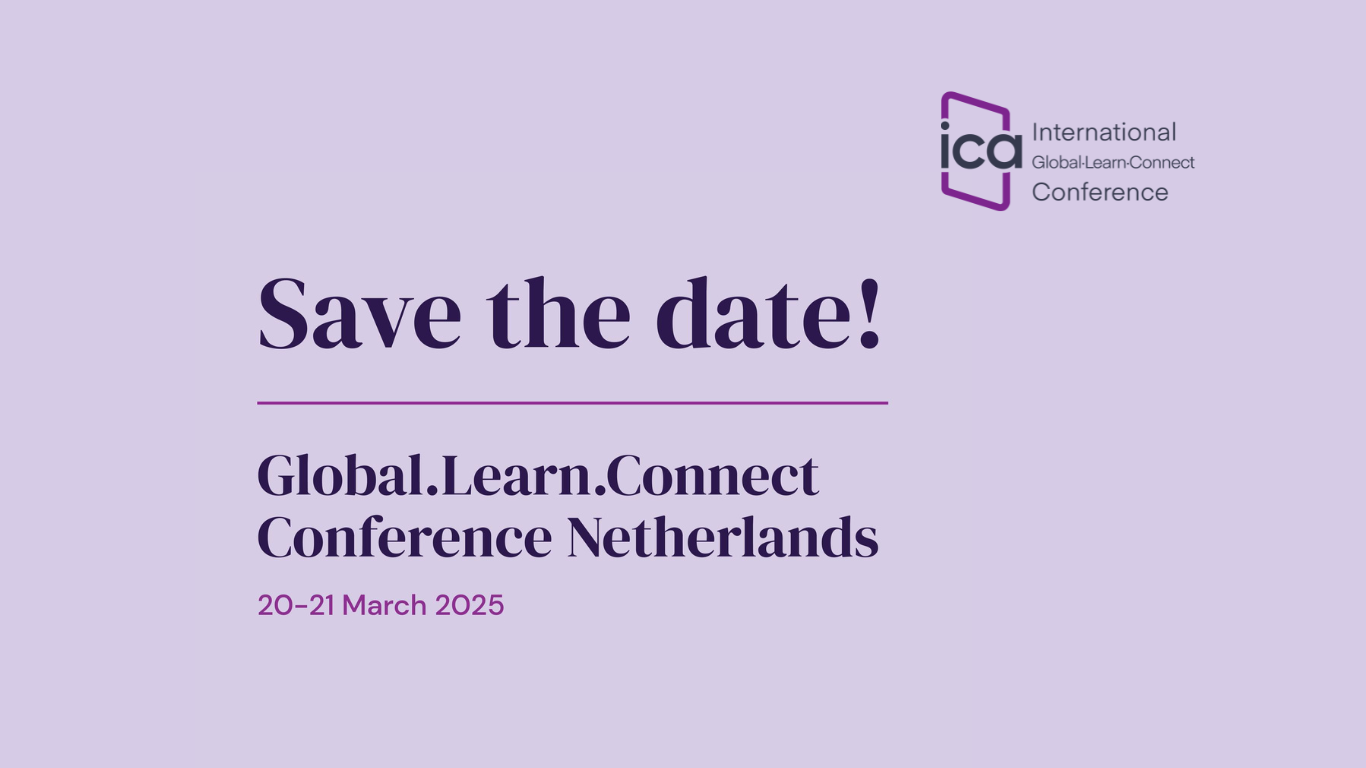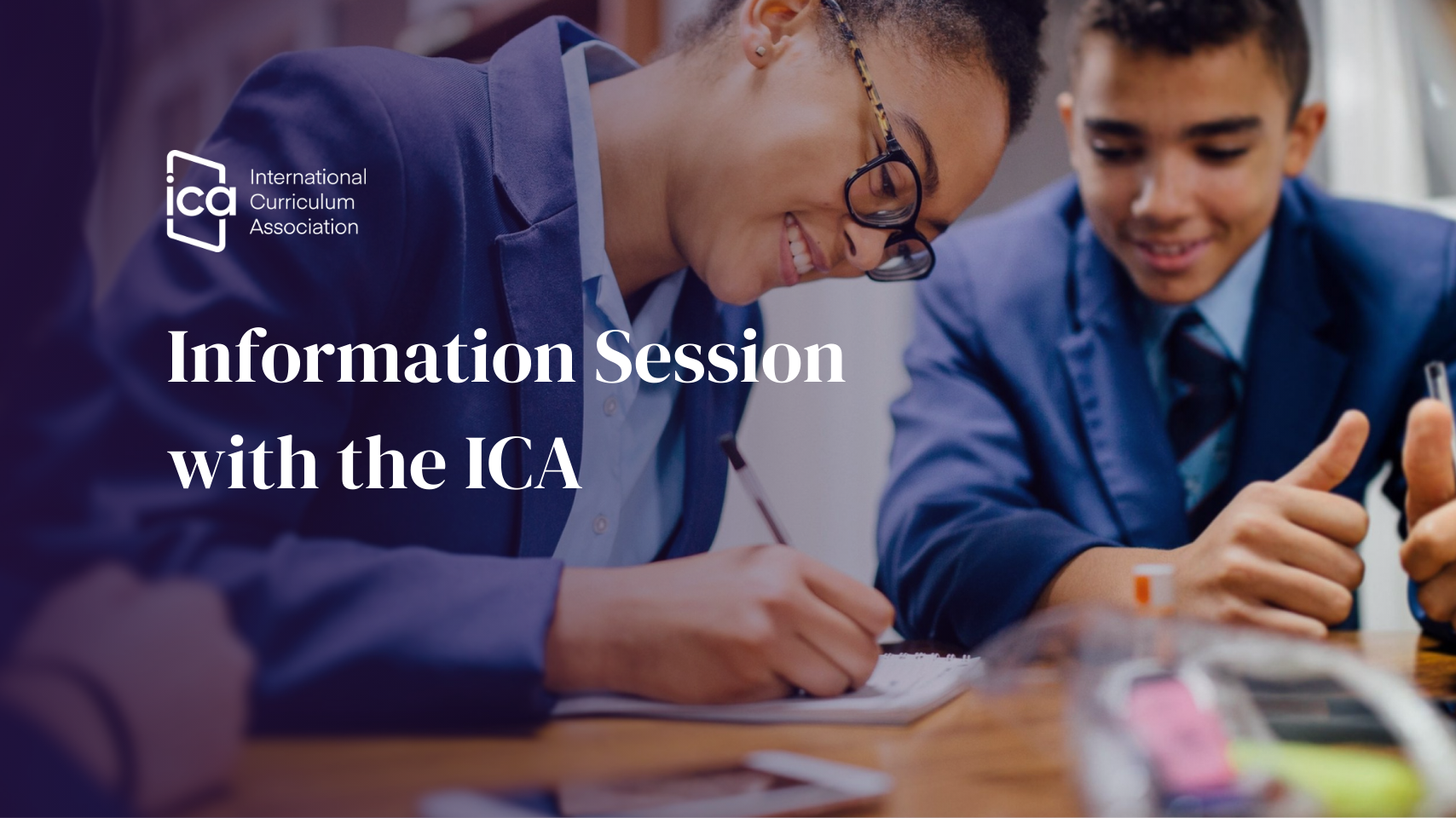The words Global Competence and International Mindedness appear huge concepts when considering their usage for Early Years children. They sound quite difficult concepts and so far advanced that we wonder how our youngest learners can begin to comprehend what they are. When broken down to reflect the learners’ level of understanding, we talk about it meaning looking at the diversity around us, developing a curiosity for others and their culture, and having an understanding and acceptance of differences. With an innate natural inquisitiveness, children are never too young to be exposed to these topics. As adults, it is important for us to support them to develop positive attitudes on their road towards an understanding of these two concepts. By looking further into the IEYC Units, our classroom environment, and the local community of our schools, it soon becomes apparent that Global Competence and International Mindedness are achievable by our youngest learners.
Within your classroom, start simply. By ensuring you have both a globe and a world map displayed, which are easily accessible to the children, these tools alone can immediately capture the students’ curiosity and be referred to during discussions and conversations.
Next, consider the setup of the classroom. The nature of the Early Years very easily allows opportunities for us to consider how the environment reflects our community, ensuring it is inclusive of others and exposes children to a wealth of tools, materials, and cultures. Are the visuals and resources used inclusive and diverse? This classroom setup is sometimes referred to as the ‘mirror theory’. That is because we are allowing the children to reflect on themselves and their own experiences, whilst also providing an insight into the identities, experiences, and motivations of others. This supports students to move towards having wider perceptions of the world around them.
Many of the IEYC Units naturally allow plenty of openings to begin to plant seeds for the growth of Global Competence. The Unit, ‘To the Rescue’, gives children a chance to recognize and thank a hero in their own community while ‘Animal Rescuers’ could open an opportunity within the community to adopt or support an animal shelter as the children learn about animal care at home and further afield. One of the newer Units, ‘The World Around Us’ gives us a chance to delve into considering how we care for our neighborhood and the wider world through recycling and composting activities.
At the British International School, Chicago-Lincoln Park, the IEYC unit ‘This Is Me!’ has been successfully used within our Foundation Stage classes for a number of years. It naturally lends itself to supporting ideas towards developing Global Competence as we nurture children’s natural curiosity and spark their interest in inquiring about the world beyond themselves. For example, this academic year we launched the idea of a collaborative whole school topic based on some of the concepts from this IEYC unit. Across the school, children learnt about where we are all from, made links with world languages, and went on to explore how many different countries and languages are represented throughout our school community. The discussions explored throughout the two initial weeks were invaluable in introducing learners to the concept of Global Competence and an understanding of International Mindedness.
Another successful idea we have used at BISC-LP alongside the Unit, ‘This is Me!’ is to ask the children to compile a ‘Chatter Box’. Into this, pupils are encouraged to put objects such as a flag, their favorite toy, a book, or something that celebrates them and gives opportunities to show their peers an insight into themselves. Using the boxes as a prompt and tool supports their confidence to show and tell others who they are. It has been wonderful to hear children talking and interacting with each other, referring directly to the objects or photos, sparking comments such as “I remember when I saw some fireworks too” or “I have the same colors on my flag”. This begins to open the door to questions and curiosity as the children start to connect who they are as individuals with others and their families.
Look for further opportunities in your celebrations and festivities calendars to encourage International Mindedness. Are you representing the celebrations of the families at your school and in the community? Are there links that can be made to expose children to other festivities around the world? At BISC-LP, we provide the children with opportunities to be open and connect with the world all through the academic year. Our Values curriculum, which goes alongside our IEYC units, ensures that we celebrate months that are key to our school and community setting. These include Black History Month, Lunar New Year, and Pride Month. We also invite parents and members of the community to come along and share their knowledge with us.
Sometimes there might be a sensitive topic happening in your community or in the news, that even our youngest learners may be aware of. This can pose a challenge as to how we approach the subject to support their understanding, whilst still being sensitive to how much they are exposed to. Stories and books are a very effective way to support children’s understanding of difficult topics and can help to develop empathy towards others. Do you expose your children to a range of stories written by authors of different backgrounds, incorporating characters from a range of settings and even bi-lingual texts? Some examples include, ‘What is a Refugee’ by Elise Gravel, ‘Bedtime Bonnet’ by Nancy Redd and ‘The Color of Us’ by Karen Katz. These have all given the children an opportunity to see the diversity amongst us all, touching on our similarities and differences, as well as world topics.
The Nursery children at BISC-LP explored the text ‘Hair Love’ by Matthew A. Cherry. They found words to describe their own hair such as “splashy”, “soft”, “shiny” and, “it feels like butter”. This led them to carefully think about how their hair makes them unique. To further their explorations, they participated in activities such as braiding, as is done culturally. This particular story sparked wonderful conversations and allowed meaningful links to be made by our youngest children, celebrating their differences and supporting their understanding of cultural diversity and identity.
Providing small but meaningful opportunities for children to engage with the world will successfully provide them with the positive values, skills, knowledge, and attitudes that we wish to nurture in order for them to be able to navigate global issues later in life.

.png)
